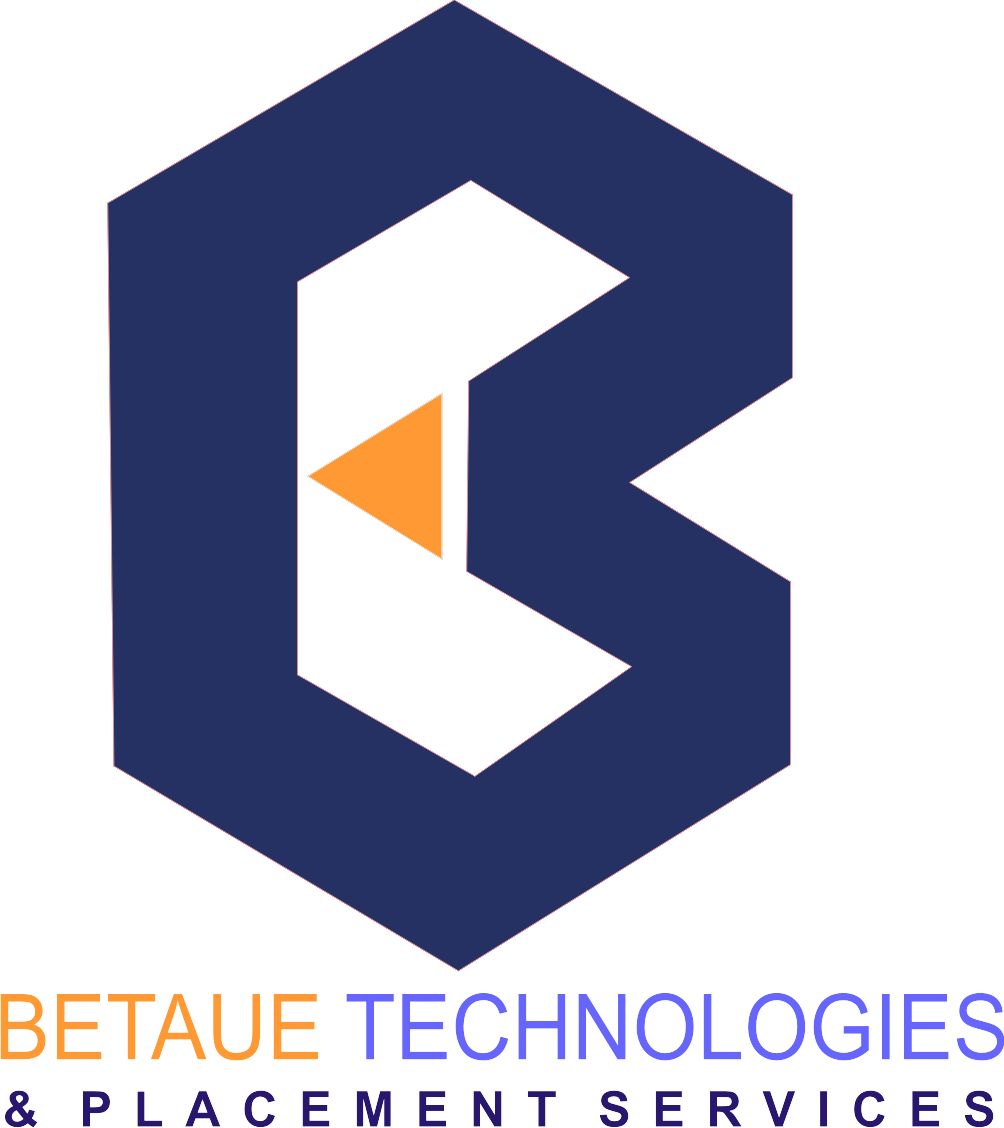This SQL Server training teaches developers all the Transact-SQL skills they need to create database objects like Tables, Views, Stored procedures & Functions and triggers in SQL Server. Gives ideas about writing Queries & Sub-queries, working with Joins, etc. As well as database management skills like backup, restore, etc.
Training Objectives:
- Learn Database models
- Overview of SQL Server Management Studio and Transact-SQL language
- Master writing simple and complex queries that retrieve data from the database
- Calculate information across result sets using aggregate queries (sum, min, max, avg, etc.)
- Insert, update, and delete data
- Retrieve data from tables
- Joins
- Sub-queries
- Working with Data Types
- Procedure and Functions
- Understand the different Views
- Working with Triggers
- Design a database
- Maintain databases, tables, and sequences with SQL statements
- Create and manage views
- Ensure the integrity of multiple, related database updates by using transactions
- Retrieve data using cursors
- Manage binary data using BLOBs
SQL Server Training Course Overview:
- Introduction To DBMS
- File Management System And Its Drawbacks
- Database Management System (DBMS) and Data Models
- Physical Data Models
- Logical Data Models
- Hierarchical Data Model (HDBMS)
- Network Data Model (NDBMS)
- Relational Data Model (RDBMS)
- Object Data Model (ODBMS)
- Object Relational Data Model (ORDBMS)
- Conceptual Data Models
- Entity – Relationship (E-R) Model
- Introduction To SQL Server
- Advantages and Drawbacks Of SQL Server Compared To Oracle And DB2
- Connecting To Server
- Server Type
- Server Name
- Authentication Modes
- Sql Server Authentication Mode
- Windows Authentication Mode
- Login and Password
- Sql Server Management Studio and Tools In Management Studio
- Object Explorer
- Object Explorer Details
- Query Editor
- TSQL (Transact Structured Query Language)
- Introduction To TSQL
- History and Features of TSQL
- Types Of TSQL Commands
- Data Definition Language (DDL)
- Data Manipulation Language (DML)
- Data Query Language (DQL)
- Data Control Language (DCL)
- Transaction Control Language (TCL)
- Database
- Creating Database
- Altering Database
- Deleting Database
- Constrains
- Procedural Integrity Constraints
- Declarative Integrity Constraints
- Not Null, Unique, Default and Check constraints
- Primary Key and Referential Integrity or foreign key constraints
- Data Types In TSQL
- Table
- Creating Table
- Altering Table
- Deleting Table
- Data Manipulation Language
- Insert
- Identity
- Creating A Table From Another Table
- Inserting Rows From One Table To Another
- Update
- Computed Columns
- Delete
- Truncate
- Differences Between Delete and Truncate
- Data Query Language (DQL)
- Select
- Where clause
- Order By Clause
- Distinct Keyword
- Isnull() function
- Column aliases
- Predicates
- Between … And
- In
- Like
- Is Null
- Built In Functions
- Scalar Functions
- Numeric Functions
- Character Functions
- Conversion Functions
- Date Functions
- Aggregate Functions
- Convenient Aggregate Functions
- Statistical Aggregate Functions
- Group By and Having Clauses
- Super Aggregates
- Over(partition by …) Clause
- Ranking Functions
- Common Table Expressions (CTE)
- Top n Clause
- Set Operators
- Union
- Intersect
- Except
- Joins
- Inner Join
- Equi Join
- Natural Join
- Non-Equi Join
- Self Join
- Outer Join
- Left Outer Join
- Right Outer Join
- Full Outer Join
- Cross Join
- And more.
